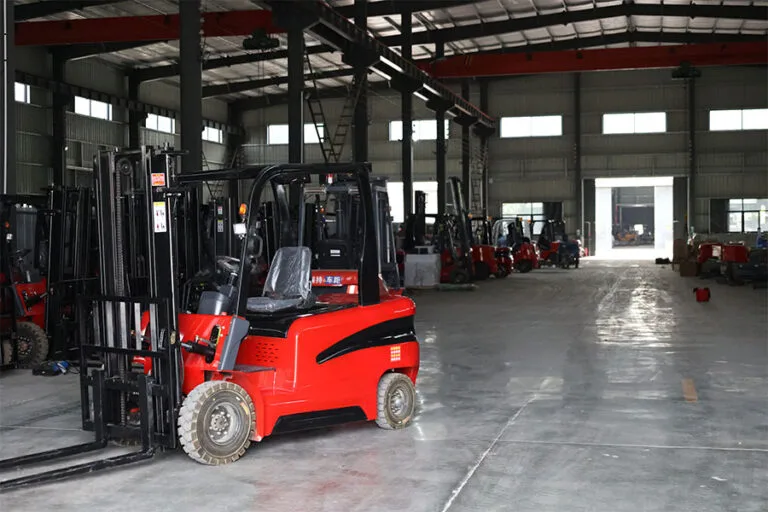Efficient Digging Starts with a Small Garden Excavator
I’m thrilled to have you here! Before we dive into the content, let’s stay connected. Join me on my social media platforms for more insights, community engagement, and regular updates. Here’s where you can find me:
📌 Facebook: Shandong Huaying International Trade Co., Ltd.
Now, let’s embark on this journey together. I hope you find the content here not only insightful and engaging but also valuable to your interests. Let’s learn, grow, and connect!
Table of Contents
Introduction
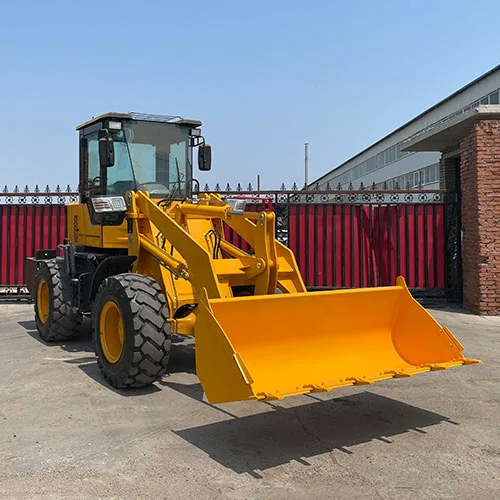
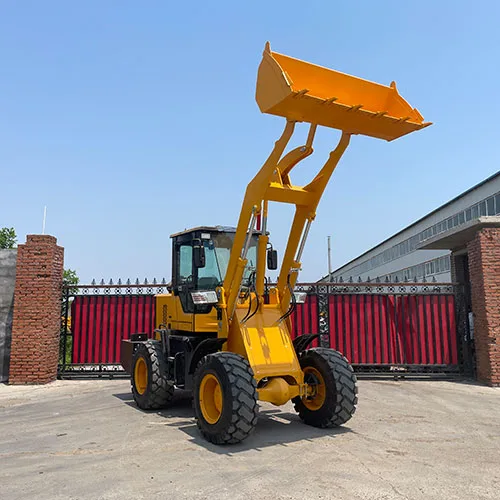
When it comes to large-scale construction, mining, and infrastructure development, efficiency and productivity are key. A heavy equipment wheel loader plays an essential role in these sectors, offering unmatched performance for material handling and loading tasks. From moving soil and debris to transporting materials across a site, this versatile machine is indispensable on job sites worldwide.
In recent years, the popularity of the heavy equipment wheel loader has grown thanks to advancements in design, durability, and performance. Professionals seeking cost-effective and productive solutions continue to favor this type of machinery for its robustness and ease of use.
In this article, we will explore six unbeatable benefits of using a heavy equipment wheel loader, showing why it remains a powerful asset across numerous industries.
NO 1. Outstanding Versatility Across Job Sites
A heavy equipment wheel loader is widely recognized for its unmatched adaptability and is a staple on many job sites around the world. This machine is engineered to perform an extensive variety of tasks, allowing it to take on roles that would typically require multiple types of specialized equipment. This not only helps reduce equipment costs but also simplifies fleet management and maintenance schedules.
One of the key strengths of a heavy equipment wheel loader is its ability to switch functions rapidly through interchangeable attachments. Standard and specialized attachments enable it to:
- Load and transport bulk materials such as sand, gravel, soil, and construction debris with speed and efficiency.
- Excavate and move earth, preparing sites for foundations, landscaping, or drainage.
- Perform site clean-up, clearing leftover materials after demolition or construction work.
- Lift and position heavy materials, including piping, containers, and concrete blocks, using forks or lifting hooks.
- Remove snow in municipalities and industrial zones using snowplow or snow blower attachments.
This level of adaptability makes the machine indispensable in industries such as:
- Construction: From road building to high-rise construction, wheel loaders are vital for loading and moving materials quickly.
- Mining and Quarrying: Their large bucket capacities and rugged build allow them to move rock, ore, and waste with ease.
- Agriculture: Farmers use wheel loaders for silage handling, feed management, and waste cleanup.
- Waste Management and Recycling: They are used to move refuse, scrap, and recyclables within transfer stations and processing plants.
- Forestry: Fitted with grapple attachments, they can efficiently handle logs and wood debris.
Beyond functional adaptability, the ability to rapidly switch between these roles boosts site productivity and reduces downtime. Many modern heavy equipment wheel loader models come with quick coupler systems, allowing operators to change attachments in minutes without stepping out of the cab.
Additionally, wheel loaders are designed to operate in challenging conditions — be it mud, snow, loose gravel, or uneven terrain. Their articulated steering and strong traction control systems ensure excellent maneuverability even in confined or rough areas, making them suitable for both urban projects and remote locations.
In summary, the versatility of the heavy equipment wheel loader makes it not just a machine, but a comprehensive solution for diverse operational needs. Its ability to replace multiple types of equipment without compromising on efficiency gives it a vital role in every stage of a project.
NO 2. Enhanced Operator Comfort and Control
Operator comfort is no longer an afterthought in today’s heavy equipment — it is a core design principle, especially in the case of a heavy equipment wheel loader. Given the long hours that operators often spend in the cab, a comfortable and user-friendly working environment is essential not only for worker well-being but also for sustained productivity and safety on the job site.
Manufacturers of modern heavy equipment wheel loaders have made major strides in incorporating ergonomic designs, intuitive controls, and high-tech features that create a more efficient and pleasant working experience. These enhancements go far beyond aesthetics — they play a significant role in reducing operator fatigue, minimizing errors, and ultimately increasing output.
Key comfort and control features found in most advanced models include:
- Climate-Controlled Cabs: Operators can work comfortably in extreme heat, freezing cold, or high humidity thanks to integrated air conditioning and heating systems. Some models even feature automatic climate regulation to maintain a consistent cabin temperature.
- Ergonomically Designed Joystick Controls and Digital Dashboards: Replacing traditional levers and switches, modern joysticks offer more intuitive operation, allowing precise control with minimal hand movement. Dashboards provide real-time feedback on machine status, fuel levels, load weights, and more — empowering operators to make informed decisions on the fly.
- Adjustable Suspension Seating: Designed to absorb vibration and reduce strain on the back and joints, these seats are especially valuable during long shifts. Lumbar support, armrests, and adjustable positioning options allow operators to customize their comfort level throughout the day.
- Noise Reduction and Vibration Dampening: Advanced insulation materials and vibration-absorbing mounts ensure a quieter, more stable cabin environment. Reduced noise levels help decrease fatigue and improve focus, especially when operators need to communicate via radio or internal systems.
- Enhanced Visibility: Panoramic windows, strategically positioned mirrors, and rear-view cameras improve situational awareness. This is particularly crucial in crowded construction zones or when maneuvering in tight spaces. Some high-end models even include 360-degree camera systems and object detection alerts to further boost safety.
These features not only make the job more comfortable, but they also reduce the likelihood of accidents and equipment misuse. Comfortable operators are alert, responsive, and less prone to mistakes, which translates into lower repair costs and downtime.
Additionally, many wheel loaders now include integrated telematics and automation features. This includes programmable lift settings, return-to-dig functions, and automatic bucket leveling, which reduce the operator’s workload while increasing job accuracy and repeatability.
In essence, investing in a heavy equipment wheel loader with top-tier comfort and control features is more than just a luxury — it’s a strategic decision that supports long-term efficiency, safety, and operator retention. A comfortable operator is a productive operator, and in today’s competitive industries, that makes all the difference.
NO 3. Exceptional Load Handling and Performance
One of the primary reasons to invest in a heavy equipment wheel loader is its unmatched load handling capacity. These machines are engineered to move tons of material swiftly and with high efficiency. Their performance capabilities depend on size, engine power, bucket capacity, and hydraulic efficiency.
Here’s a comparison of typical performance features among various sizes of heavy equipment wheel loaders:
Table: Heavy Equipment Wheel Loader Performance Comparison
| Loader Type | Bucket Capacity (m³) | Operating Weight (tons) | Engine Power (HP) | Typical Application Areas |
|---|---|---|---|---|
| Compact Loader | 0.6 – 1.2 | 5 – 7 | 60 – 100 | Landscaping, Small Construction |
| Mid-size Loader | 1.5 – 3.5 | 10 – 18 | 100 – 200 | General Construction, Municipal |
| Large Loader | 4.0 – 7.0+ | 20 – 35+ | 250 – 400+ | Mining, Quarry, Heavy Industry |
From compact models to heavy-duty giants, the heavy equipment wheel loader is capable of adapting to site-specific requirements while maintaining reliable and powerful performance.
NO 4. Long-Term Durability and Lower Maintenance Costs
Investing in heavy equipment is a significant commitment, and owners need machines that offer a strong return on investment. The heavy equipment wheel loader excels in this area due to its durability and reduced maintenance requirements over time.
Modern loaders are built with:
- Reinforced steel frames and wear-resistant components
- Sealed and lubricated joints for extended life
- Advanced diagnostics for preventative maintenance
- Easily replaceable filters and fluid access points
These design considerations translate into longer life cycles and less frequent repairs. In the long run, owning a heavy equipment wheel loader proves to be cost-efficient compared to less durable alternatives.
NO 5. Increased Efficiency and Fuel Economy
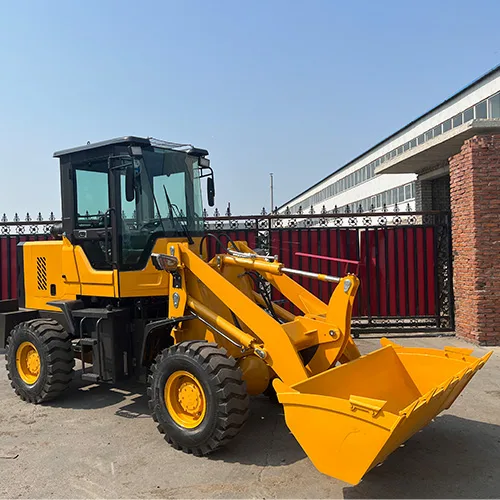
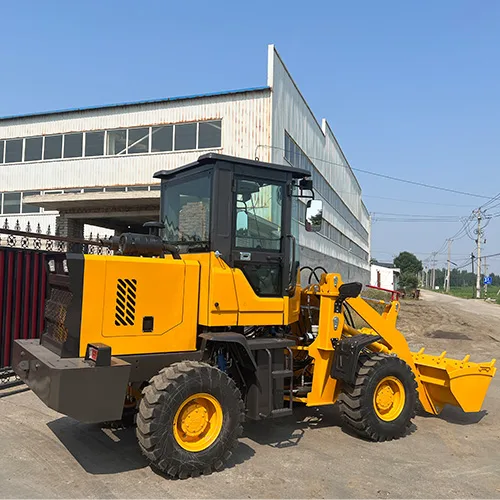
Today’s heavy equipment wheel loader models are engineered to do more with less fuel. With rising energy costs and a push for environmental responsibility, efficiency is no longer optional — it’s a necessity.
Features that enhance efficiency include:
- Intelligent load-sensing hydraulics
- Automatic idle shutdown to conserve fuel
- Eco-mode operation for reduced emissions
- Engine and transmission optimization systems
Not only does this lead to financial savings, but it also helps companies meet regulatory standards for fuel use and emissions. Over time, an efficient machine like the heavy equipment wheel loader can significantly lower a fleet’s overall operating cost.
NO 6. High Resale Value and Global Demand
When it’s time to upgrade your machinery, you’ll appreciate the fact that a well-maintained heavy equipment wheel loader holds strong resale value. These machines are in constant demand in global markets, particularly in developing regions experiencing infrastructure booms.
Factors contributing to high resale value:
- Brand reputation and global parts availability
- Documented service history and maintenance records
- Upgradeable components and software
- Strong secondary market presence in auctions and resellers
Because of their popularity and longevity, heavy equipment wheel loaders continue to offer value even after years of service.
Conclusion
Choosing the right machinery can define the success of a project. A heavy equipment wheel loader offers unmatched advantages across the board — from versatility and comfort to performance and fuel savings. Whether you’re a contractor, site manager, or fleet owner, this machine offers a compelling case for investment.
It’s more than just a loader; it’s a productivity engine that can improve workflows, reduce operational costs, and enhance job site outcomes. When long-term reliability and efficiency are top priorities, few machines compete with the performance of the heavy equipment wheel loader.
FAQ
What is the main function of a heavy equipment wheel loader?
A heavy equipment wheel loader is primarily used to load, move, and transport materials such as dirt, gravel, sand, and debris. It can also perform digging, grading, and lifting with the appropriate attachments.
How does it differ from other loaders?
Unlike track loaders or skid steers, a wheel loader uses large tires for enhanced mobility, speed, and maneuverability. This makes it ideal for large-scale sites and long-distance material movement.
Can one wheel loader serve multiple industries?
Yes. From construction and agriculture to mining and snow removal, this machine’s versatility and range of attachments allow it to adapt to multiple sectors.
What is the average lifespan of a heavy equipment wheel loader?
With proper maintenance, a heavy equipment wheel loader can last anywhere between 10,000 to 20,000 operating hours, depending on model and usage conditions.
Is operator training necessary?
Absolutely. Proper training ensures not only safe operation but also maximizes machine productivity and reduces the risk of breakdowns or inefficient use.


